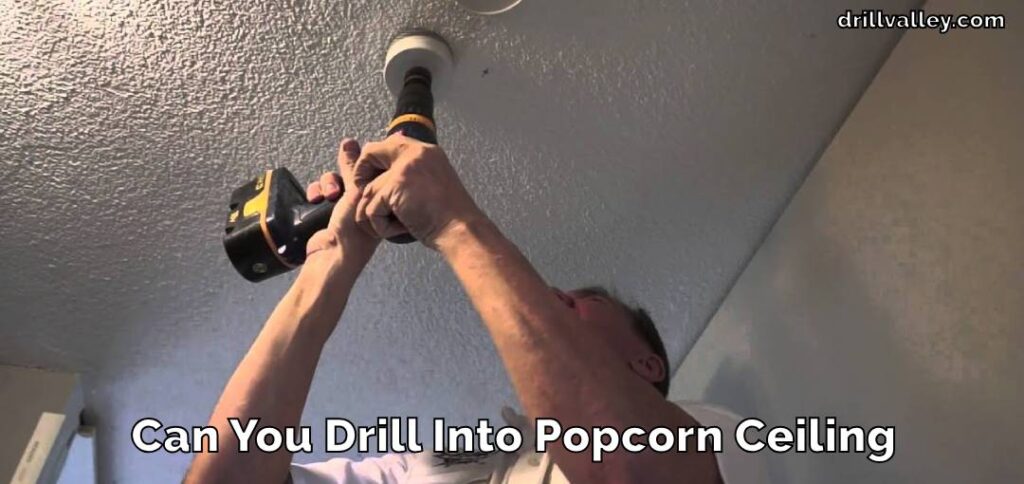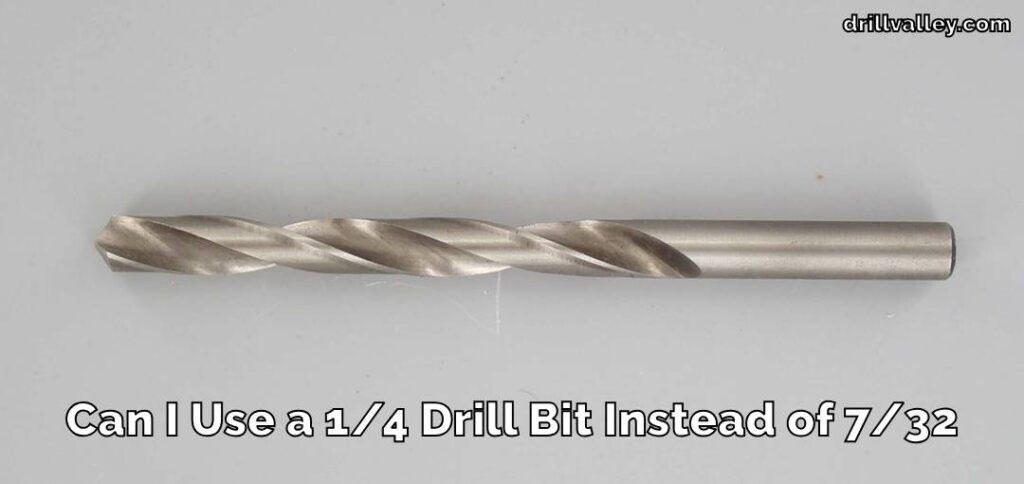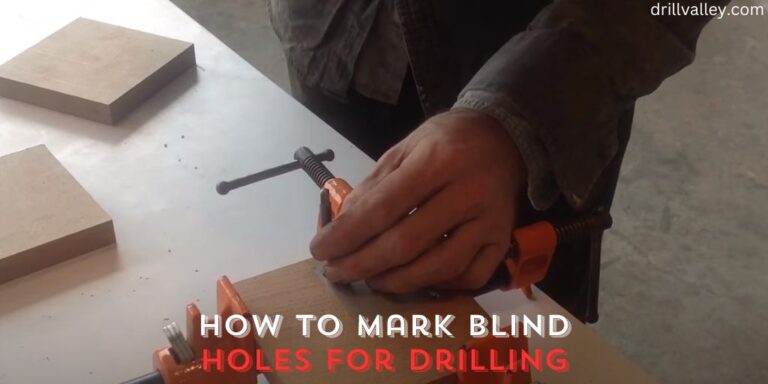How to Hang a Pendant Light Without Drilling
Adding pendant lights to your space can change up the vibe, making it cozier or more stylish, but the idea of drilling into walls or ceilings can be a bit much, especially if you’re renting your place. Luckily, there’s a smart workaround that lets you hang these lights without leaving any drill marks behind.
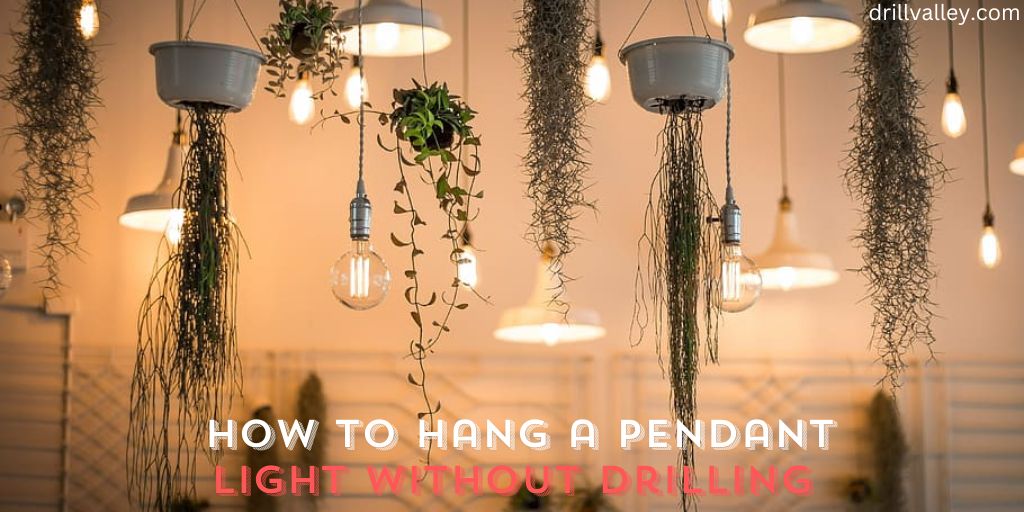
In this guide, we’ll walk through everything you need to know about how to hang a pendant light without drilling. We’re going to talk about the tools and materials you’ll need, step-by-step instructions on how to do it, and some safety tips to keep in mind.
We’ll also dive into the different types of pendant lights that work well with this no-drill method, why they’re a good fit for various rooms, and tackle some frequently asked questions. This guide is all about helping you light up your living space in a way that’s both creative and kind to your walls and ceiling, perfect for renters or anyone looking to avoid permanent changes.
Tools We Need to Hang Pendant Light Without Drilling
Hanging a pendant light without drilling is simpler than you might think, and it all starts with having the right tools. Here’s what you’ll need to get the job done neatly and efficiently:
- Adhesive hooks or Command hooks
- A pendant light kit
- Measuring tape
- A pencil or marker
- A level
- Wire clips or cable ties
By gathering these tools, you’ll be well on your way to adding a stylish lighting feature to your room without the need for permanent changes. This method is especially helpful for renters or those who want to avoid the hassle of drilling.
How to Hang a Pendant Light Without Drilling
Hanging a pendant light without drilling is a fantastic way to spruce up your space without making permanent changes. Here’s how you can do it step by step, keeping everything straightforward and renter-friendly.
Choosing the Right Location
- Consider the room’s layout and where the light will be most functional. Is it for dining, reading, or ambiance?
- Think about the height at which the light should hang. It shouldn’t be too low to obstruct movement or too high to be ineffective.
- Ensure there’s access to a power source nearby. This could be a wall outlet or a ceiling socket.
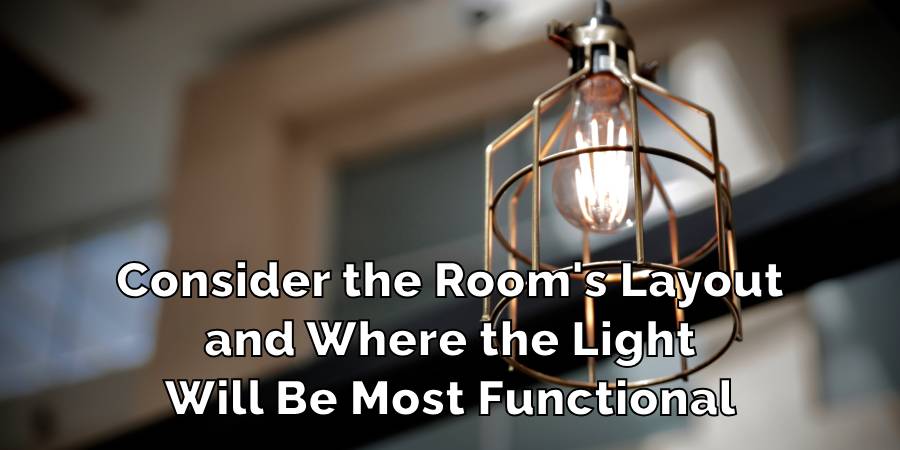
Selecting the Right Adhesive Hooks
- Check the weight of your pendant light. This information is usually available in the product specifications.
- Purchase adhesive hooks that can support more weight than your light to ensure safety.
- Opt for hooks that are easy to remove and won’t leave marks, especially important for renters.

Preparing the Ceiling Surface
- Clean the ceiling area with a mild detergent or rubbing alcohol. This removes dust and grease, ensuring the hook sticks properly.
- Allow the area to dry completely before proceeding.

Marking the Position for the Hook
- Use a pencil to mark the exact spot where you’ll place the hook. It helps to have someone hold the light in place to visualize the position.
- A level is crucial to ensure your light won’t hang at an angle. Check the marking with a level before proceeding.

Attaching the Hook
- Read the instructions on the adhesive hook package. Different brands may have slightly different application processes.
- Typically, you’ll peel off a backing strip and press the hook against the ceiling for a specified time (usually around 30 seconds) to ensure good adhesion.
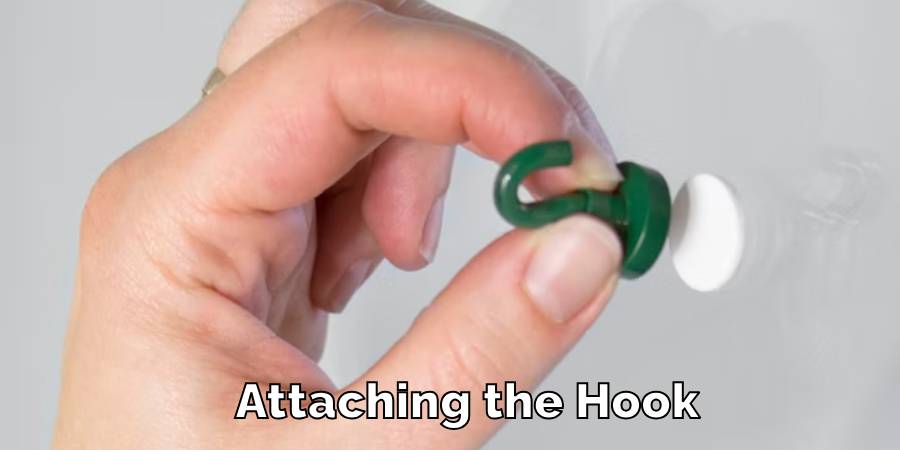
Preparing the Pendant Light
- Assemble your light according to the manufacturer’s instructions. This might include attaching the shade to the socket and the cord.
- Ensure all connections are secure to avoid any safety hazards.
Hanging the Light and Adjusting the Cord
- Hang the pendant light gently on the hook. Be careful not to put too much force on the hook.
- If the cord is too long, use wire clips or cable ties to shorten it. This not only looks neater but also prevents any tripping hazard.
- Arrange the cord so that it hangs in a way that’s both aesthetically pleasing and functional.
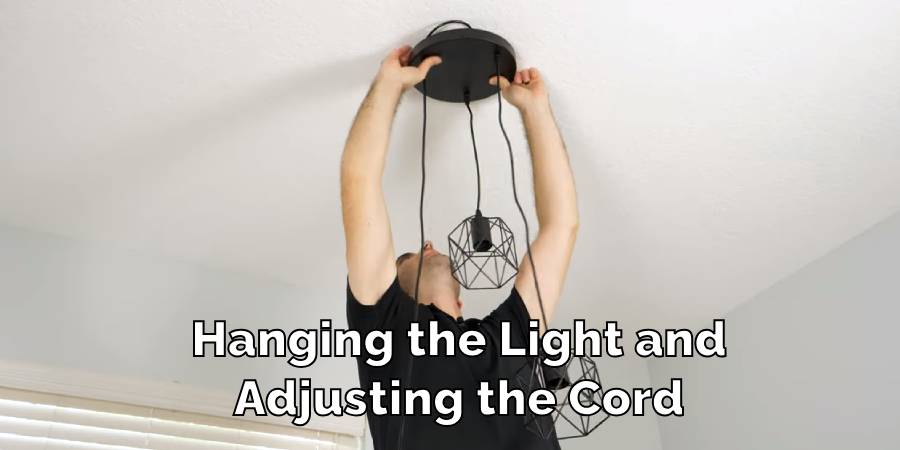
Connecting to a Power Source
- If your light plugs into an outlet, guide the cord discreetly along the wall or ceiling using wire clips.
- If the outlet is far, you might need an extension cord. Ensure it’s safely placed where no one will trip over it.
Final Adjustments
- Once everything is set up, turn on the light to see how it looks.
- Adjust the position if needed. Sometimes moving the light just a few inches can make a big difference in how it illuminates the room.
By following these steps, you can successfully hang a pendant light without drilling, adding style and functionality to your space without any permanent alterations. This approach is ideal for renters or those who prefer not to make permanent changes to their living space.
Precautions While Hanging a Pendant Light Without Drilling
When hanging a pendant light without drilling, it’s crucial to take certain precautions to ensure safety and effectiveness
Respect the Weight Limit
- Always check the maximum weight your adhesive hooks can support and never exceed this limit. Overloading can cause the hook to detach, risking damage and injury.
Prioritize Electrical Safety
- Make sure all electrical connections are tight and secure to prevent any risk of electrical hazards.
- If you’re using an extension cord or plugging the light into an outlet, consider using a surge protector to safeguard against electrical surges.
Keep Away from Moisture
- Avoid installing pendant lights in areas prone to moisture, like directly above sinks or in bathrooms. Moisture can damage the light and increase the risk of electrical accidents.
Manage Cords Carefully
- Arrange cords so they don’t run across areas where people walk to prevent tripping hazards.
- Use cord clips or ties to keep the cord against the wall or ceiling, ensuring it’s both out of the way and visually tidy.
Ensure Secure Installation
- Regularly inspect the adhesive hook to make sure it’s still firmly attached. If it seems to be loosening, it may need to be reattached or replaced.
Light Bulb Safety
- Use the correct type of bulb as recommended for your pendant light.
- Avoid using bulbs with higher wattage than recommended as they can overheat.
By following these simple yet vital precautions, you can enjoy the beauty and functionality of your pendant light without worry. This method is especially beneficial for those in rental properties or for anyone looking to add lighting without permanent changes to their living space.
Benefits of Pendant Light in Your House
Pendant lights are not only a source of lighting but also an element of decor that can significantly enhance the ambiance of your house. Here are some benefits they offer:
- Aesthetic Appeal: Pendant lights come in a wide range of designs, colors, and sizes, allowing you to choose one that fits your room’s style perfectly. They can add a touch of elegance or a modern twist, depending on your choice.
- Creates a Focal Point: By hanging a pendant light, you can draw attention to a specific area in a room, like over a dining table or a reading nook, creating a cozy and inviting space.
- Versatility in Placement: You can hang pendant lights almost anywhere – over kitchen islands, in hallways, above bedside tables, or in living rooms. This flexibility allows you to use them in various settings to enhance the room’s functionality and appearance.
- Adjustable Height: Most pendant lights allow you to adjust the hanging height, enabling you to create the perfect lighting effect and ambiance for any space.
- Easy Installation and Relocation: The ability to hang pendant lights without drilling makes them ideal for renters or those who frequently redecorate. You can easily install them and move them around as needed without damaging walls or ceilings.
- Functional Lighting: Apart from being decorative, pendant lights are practical. They provide focused lighting which is perfect for tasks like reading, cooking, or working.
- Saves Space: Unlike floor lamps or table lamps, pendant lights don’t take up floor or table space, making them ideal for smaller rooms or areas where space is limited.
- Energy Efficient: Many pendant lights are compatible with energy-efficient LED bulbs, which can help reduce your electricity bills and environmental footprint.
In summary, pendant lights are a stylish, versatile, and practical lighting solution for any home. Their ease of installation and ability to enhance both the functionality and aesthetics of a space make them a popular choice.
FAQ’s
Can I Hang a Pendant Light With Command Hooks?
Absolutely, as long as the weight of the pendant light is within the hook’s weight limit. Check the specifications of both the light and the hooks to ensure compatibility. It’s also important to follow the hook manufacturer’s instructions for securing it to the ceiling or wall.
How Do You Hang a Pendant Light in a Rental?
In rental properties, where drilling is often not an option, use adhesive hooks. These hooks stick to surfaces without causing damage and can be removed easily. Ensure the surface is clean and dry before attaching the hook, and carefully follow the steps for a safe and secure installation.
Can I Hang a Pendant Light in the Bathroom?
Yes, but with caution. The light should be placed away from direct contact with water, such as showers or sinks, to avoid electrical hazards. Consider the bathroom’s humidity and choose lights and hooks that are suitable for such an environment.
Where Should a Pendant Light Hang?
The placement depends on your needs and the room’s layout. Over a dining table or kitchen island is popular, as it provides direct lighting without obstructing views. In living areas, placing a pendant light in the room’s center or above a particular feature like a coffee table can create a cozy ambiance.
What is the Distance Between Pendant Lights?
When hanging multiple lights, such as over a counter or dining table, a general rule is to space them about 30 inches apart. This distance ensures even lighting distribution without overcrowding. However, this can vary depending on the size of the lights and the area you’re lighting.
Conclusion
Hanging a pendant light without drilling offers a blend of functionality and style without permanent alterations to your living space. By following the steps and precautions outlined, you can safely and beautifully light up your home.
This method empowers renters and homeowners alike to personalize their space with ease and flexibility. This article has explored how to hang a pendant light without drilling.
This article is crafted to be detailed and user-friendly, avoiding specific terms and focusing on delivering comprehensive, step-by-step information about hanging a pendant light without drilling.
Can You Use Impact Driver Bits in A Drill
Knowing whether you can swap impact driver bits into a regular drill matters more than…
Can You Drill Into Popcorn Ceiling
Wondering Can You Drill Into Popcorn Ceiling for your next home improvement project? Popcorn ceilings,…
Can You Drill Into Walls in A Rental?
Renting an apartment brings the challenge of personalizing your space within the confines of rules…
Can I Use a 1/4 Drill Bit Instead of 7/32
When you’re elbows deep in a project and suddenly realize the 7/32 drill bit you…
Can You Drill Concrete Without A Hammer Drill
Drilling into concrete requires both precision and the right tools, notably a hammer drill and…
Can You Use Different Brand Drill Bits?
The right drill bit size is crucial for any project, big or small. It’s the…


